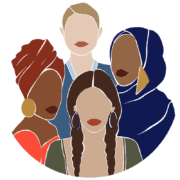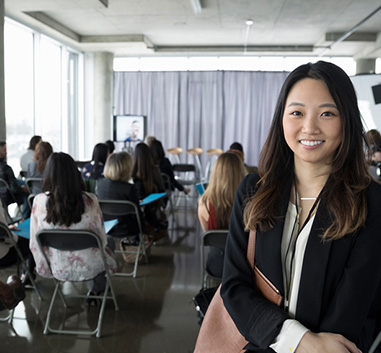This article is contributed by Navya Chawla, head of STEM for Girls in The United World College of South East Asia (UWCSEA).
Despite economic and technological advancement, it is still uncommon to come across women in STEM fields in Singapore. In our academically driven society, universities and institutions have been working tirelessly over the past decade to battle this significant issue. In 2014 a total of 9,516 female university graduates were working in the public and private sectors, more than double the number in 2004 (4,438). However, there is still a considerable imbalance of men and women who pursue jobs in fields such as engineering, natural sciences and mathematics. So the question is: why is there an underrepresentation of women in STEM fields, and what can we do to help?
Many believe that the predicament is a ‘leaky pipeline problem’; primary, secondary and international schools in Singapore go to great lengths to create a comfortable and encouraging environment for girls to pursue the field of their choice. Yet, along the way, during higher education, many women start to believe that they would not be able to sustain careers in STEM, and decide to change their profession.
Others believe that women choose to follow other career paths in order to achieve a sustainable work-life balance. It is not atypical to assume that women have to work harder to be equally acknowledged alongside their male counterparts; leading some to infer that they would have less time for their families and causing their commitment and professional abilities to be questioned. This further emphasises the uncomfortable workplace environment, even if the bias is only subconsciously present.
Essentially, this comes down to the confidence we give our sisters, mothers, daughters and granddaughters; something that the deeply engrained stereotypes of women manages to engulf. “People just assume that you’re not going to be able to cut it,” said a female statistician interviewed by The Harvard Business Review in 2015. Global statistics show that girls perform as well as boys, and sometimes better, in pre-university mathematics and science courses.
Nonetheless women continue to face bias in workplace environments which are male dominated. In order to diminish bias and stereotypes against females we must show continual support to our young girls, so they are able to succeed in challenging situations through their undying confidence. Dr Angela Duckworth, author of Grit said: “Enthusiasm is common. Endurance is rare.”
STEM for Girls is a club in The United World College of South East Asia (UWCSEA) whose primary objective is to promote the interests of girls in STEM fields, in order to weaken bias against females. Over the years, the club has held multiple conferences where successful and inspirational women in STEM gave talks and conducted workshops for students, teachers, and parents, to help foster change and promote gender equality. We believe that it is imperative to balance the number of men and women in professions such as engineering, mathematics, and sciences, education. Our website allows students and enthusiasts to read and blog about upcoming discoveries in technology as well as inspirational stories of women succeeding with their passions.
On 16th September 2017 STEM for Girls will be holding ‘Be Empowered.’ – a discussion-style conference aimed to stimulate learning. Students, teachers and parents will get the opportunity to meet with flourishing women in STEM fields and discuss the challenges of gender stereotypes as well research and developments in their areas of expertise.
Help us refute the stereotypes and bias that has affected the lives of countless women, with education. “Education is the most powerful weapon which you can use to change the world.” – Nelson Mandela.
Navya Chawla was appointed head of STEM for Girls in 2016 due to her passion and commitment for the cause. She has engaged more girls in the club and has given it much more purpose and focus, her organisation and leadership skills have significantly developed and she shows a real passion and drive for improving and making women more aware about STEM. Navya has also designed the STEM for Girls website and helped it to become a platform for awareness and learning, especially in the natural sciences, as she would like to pursue Physics at university. Although she is proud to have an Indian background, she first came across the issue of gender stereotypes and inequality in her country, and has made it an aim to help young girls follow their dreams by overcoming misogynistic biases.





